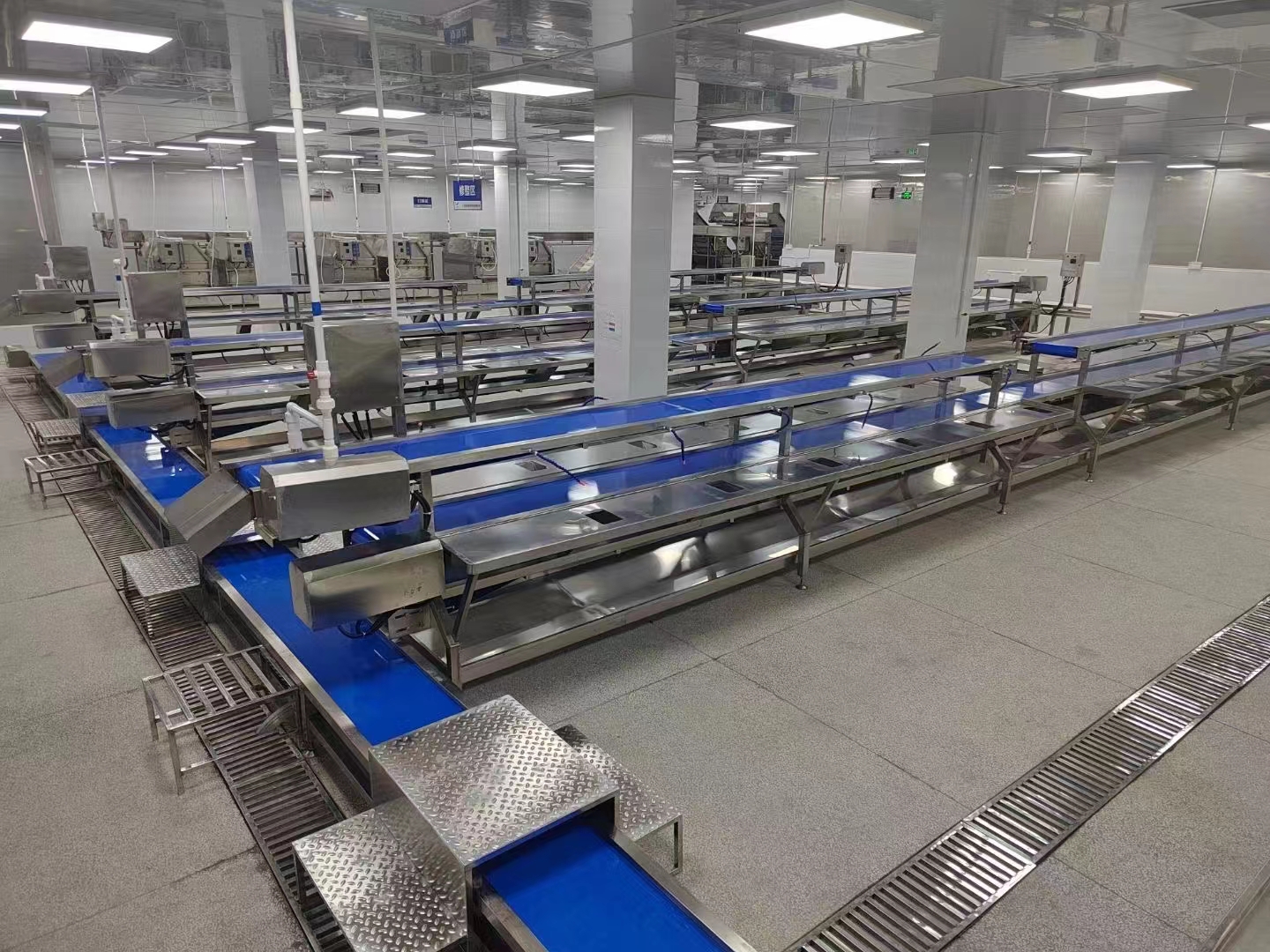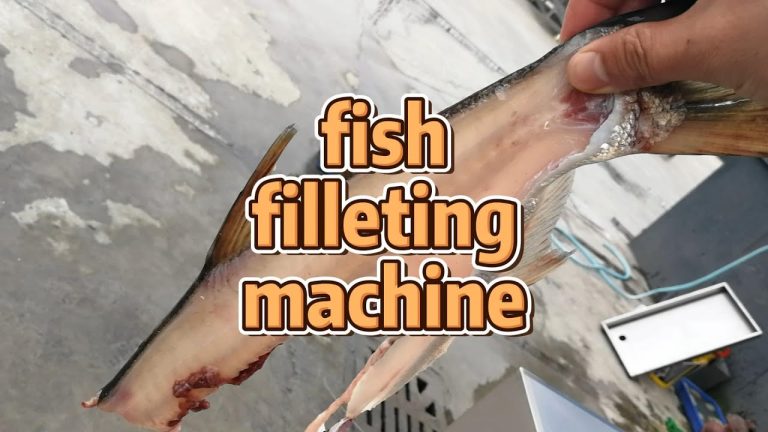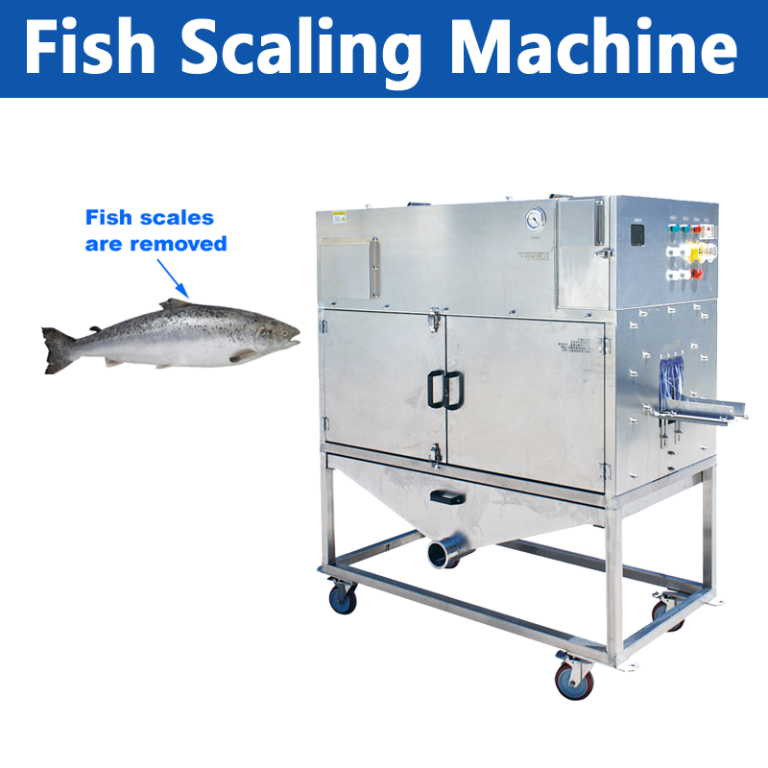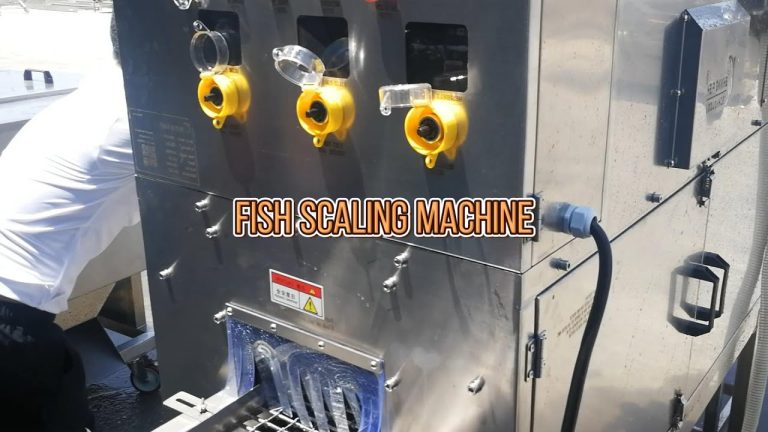Table of Contents
What is an Electronic Filleting Machine?
An electronic filleting machine is a cutting-edge device designed to automate the process of filleting fish efficiently. This machine is equipped with advanced technology that allows it to precisely remove bones and skin from fish fillets, saving time and labor costs in commercial fish processing operations.

Electronic filleting machines come in various sizes and configurations to accommodate different types and sizes of fish. They are often used in seafood processing plants, fish markets, and fishing vessels to streamline the filleting process and maintain consistent quality in the final product.
| Number | Option |
| 1 | Fish processing device |
| 2 | Fish descaling machine |
| 3 | Making machine fish fillet |
| 4 | Automatic band saw frozen fish cutting machine |
| 5 | Fish peeling machine |
| 6 | Fish washing machinery |
| 7 | Fish Glazing Ice Covering Machine |
| 8 | Fish visceral removing machine |
| 9 | Meat Picker |
| 10 | Automatic fish slicer machine |
Benefits of Using an Electronic Filleting Machine
One of the key benefits of using an electronic filleting machine is increased productivity. By automating the filleting process, these machines can significantly reduce the time and effort required to prepare fish fillets compared to manual filleting methods. This efficiency allows businesses to increase their output and meet customer demands more effectively.
Another advantage of electronic filleting machines is the improved safety they offer. By minimizing the need for manual cutting and handling of sharp knives, these machines help reduce the risk of injuries among workers. Additionally, the precision cutting capabilities of these machines result in consistent fillet sizes, leading to higher product quality and customer satisfaction.
Features of Modern Electronic Filleting Machines
Modern electronic filleting machines are equipped with advanced features to enhance performance and usability. These machines often include touch-screen interfaces for easy operation and control of cutting parameters. Some models also offer customizable settings to adjust cutting angles and speeds based on the type of fish being processed.
Furthermore, electronic filleting machines may incorporate sensors and cameras to ensure accurate fillet cutting and detection of any bones or contaminants in the fish. These automated inspection systems help maintain product quality standards and reduce the likelihood of unwanted materials ending up in the final fillets.





